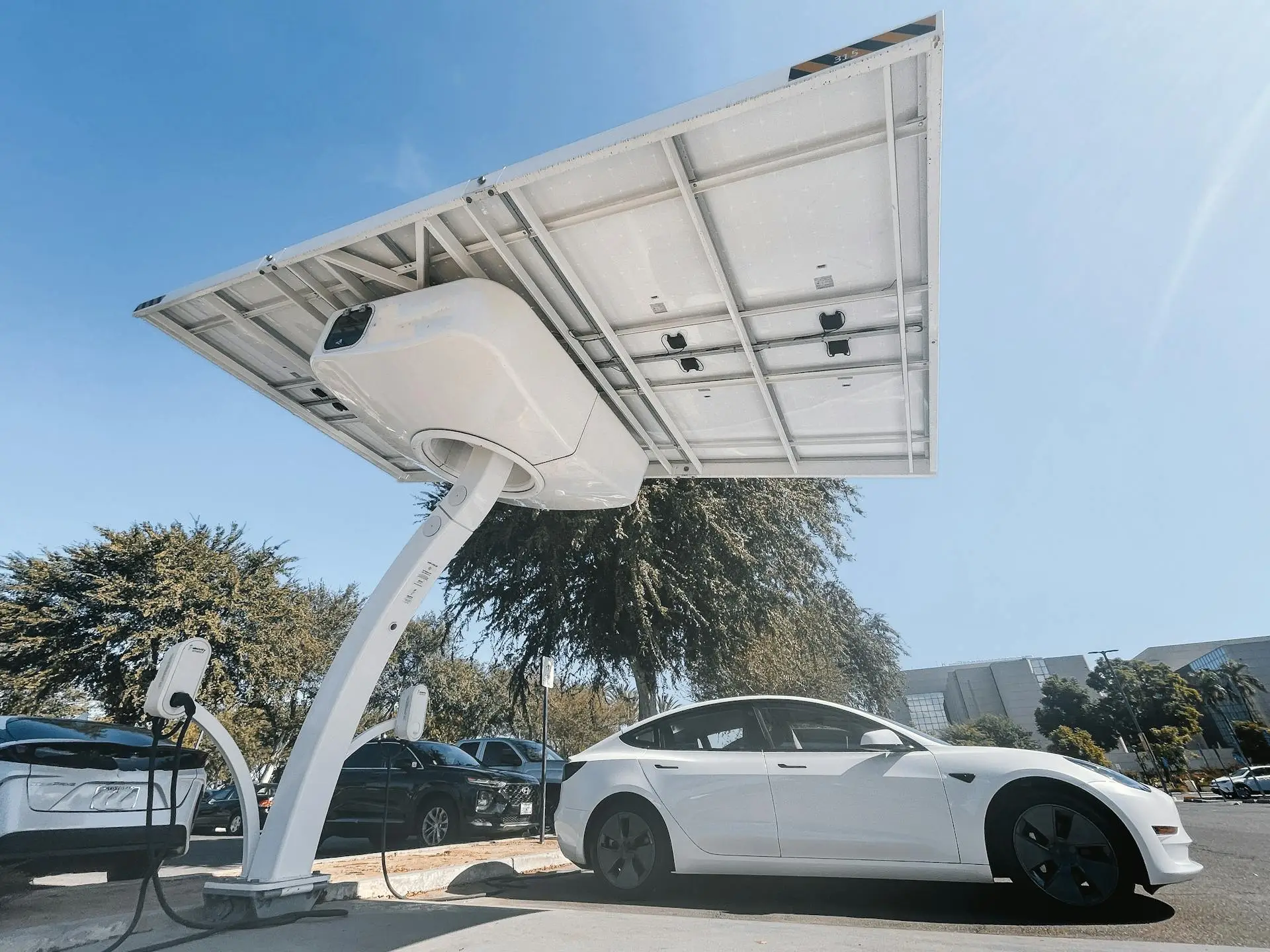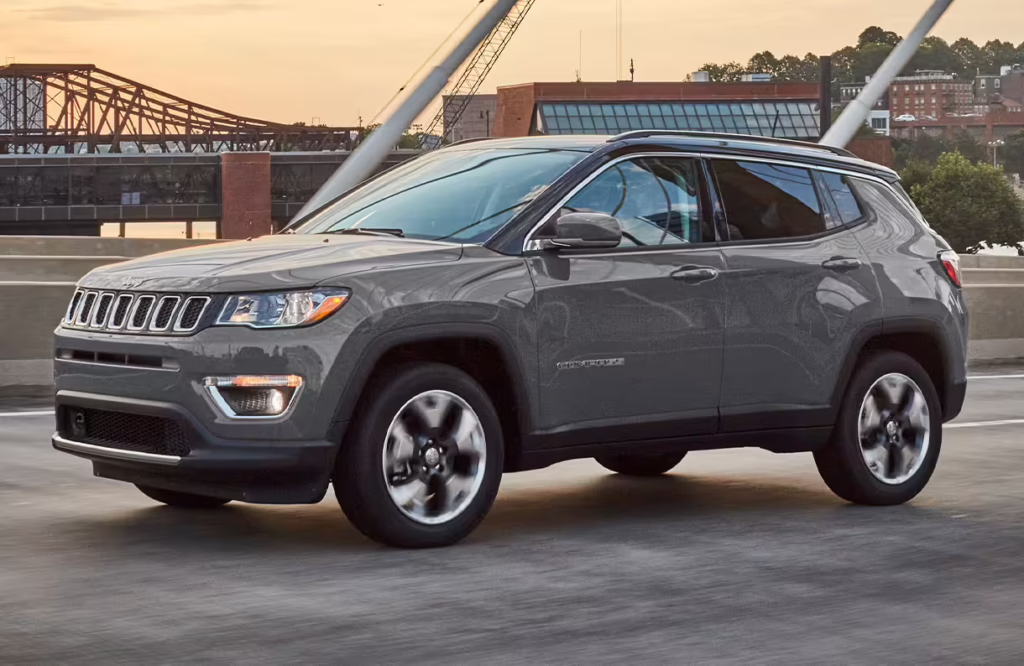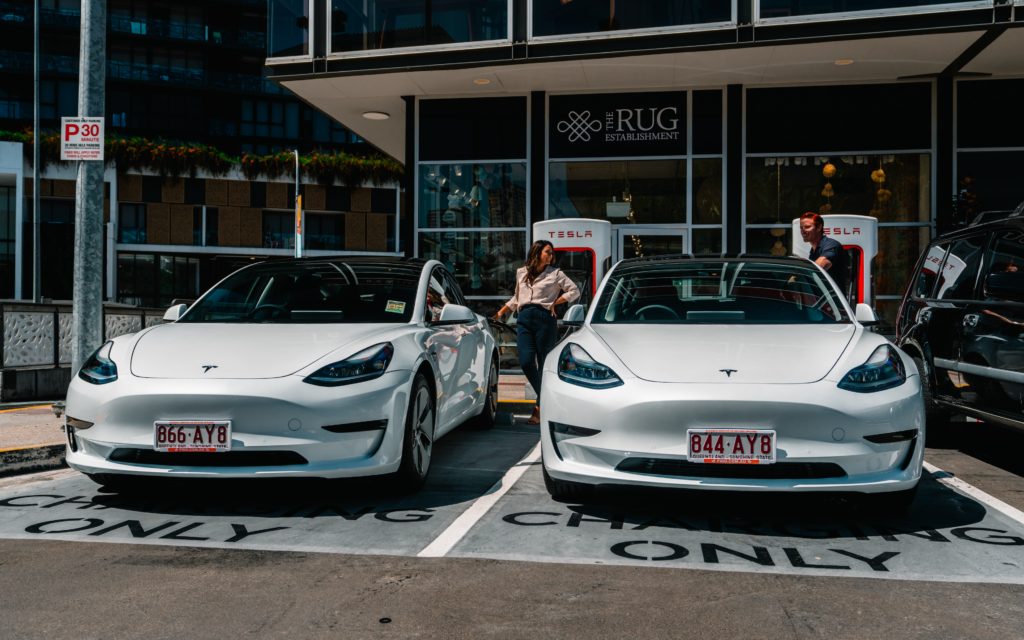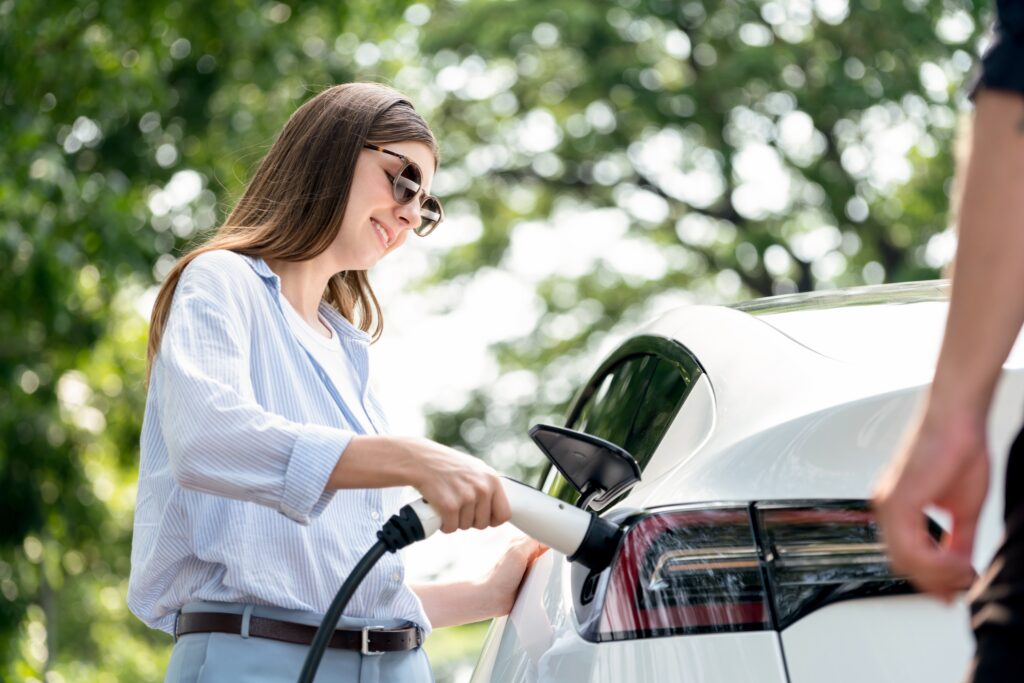TL;DR
Choosing between buying, leasing, or subscribing to a car in 2025? This guide breaks down the costs, commitments, and flexibility of each model—so you can make the smartest decision for your lifestyle. If you’re looking for convenience, low upfront costs, and freedom from ownership hassles, car subscriptions are quickly becoming the go-to choice.
Introduction: The Way We Drive Is Changing
Gone are the days when owning a car was is the only option. In 2025, more drivers are rethinking buying a car —especially as lifestyles become more flexible and there is increasing awareness about the pitfalls of car debt and used car prices. The disruption EVs are heralding is another major factor that has made drivers reluctant to buy when the next greatest thing could be right round the corner.. The underlying factor seems to be a rapid shift in financial priorities and eliminating financial uncertainties, unexpected costs that car ownership comes with. Choosing an all-inclusive bundled service that covers the cost of service, maintenance, and registration is not only convenient, it also saves us from decision fatigue. ‘What insurance provider should I choose?’ ‘What service centre should I use?’ ‘Should pay extra for roadside assistance?
The Flexible Alternatives: Car Subscription & Leasing
Car subscription and car leasing are both flexible alternatives to buying a car. While both these models have some similarities, there are some key differences that you consider when choosing between both these models. Car leases require a longer commitment than car subscriptions (usually around 4 years) and tie you to a single car. Penalties for early termination can be dear, making it difficult to upgrade to another car when your needs change. Car leases are great if you’re after a second car for a very specific need and fixed time. Car subscriptions on the other hand offer terms starting from one month and provide the option of swapping into a different car as your needs change. All-inclusive weekly fees cover the costs of registration, maintenance, insurance and make managing car costs simple. Car subscription is great for sole business owners and people on a growth trajectory in their careers. The flexibility ensures their mobility needs align with changing needs and they aren’t tied down to a car which no longer suits their needs.
Option 1: Buying a Car
 Pros:
Pros:
- Full ownership after you pay it off
Complete ownership provides a tangible asset, offering long-term financial security. Once the loan is paid, there are no further payments, and the vehicle’s value, however depreciated, belongs to the owner. This allows for long term planning, and the potential to use the vehicle as collateral. Also you have the freedom to do with the vehicle as you please.
- No mileage restrictions
Buying eliminates mileage limits, crucial for those with extensive travel needs. This freedom avoids potential penalties associated with exceeding lease mileage. For individuals who use their vehicles for work, or who enjoy long road trips, this is a very important factor. This flexibility allows for unrestricted use of the vehicle, without the worry of extra fees.
- You can customise, resell, or trade as you like
Ownership allows for complete vehicle customization, from aesthetic modifications to performance enhancements. The ability to resell or trade-in the vehicle provides flexibility to adapt to changing needs.
 Cons:
Cons:
- High upfront costs: deposit, stamp duty, rego, insurance
The initial financial burden of buying a car is significant, including the deposit, stamp duty, registration, and insurance. These upfront costs can strain finances, requiring substantial savings or loans.
- Ongoing maintenance costs
Owners are responsible for all maintenance and repairs, which can be unpredictable and costly. As vehicles age, maintenance costs tend to increase. This can place a financial burden on the owner. If you don’t have a separate savings plan just for this, it could make owning a car a burden.
- Less flexibility if your circumstances change
Ownership ties you to the vehicle, making it less flexible if your circumstances change. Selling a car can be time-consuming and may result in financial loss especially during a period of rapid depreciation. This lack of flexibility can be a disadvantage for those who anticipate changes in their lifestyle and have variable income
- As soon as you drive out of the car yard, the car is worth less
Used car prices are fluent and with so many new models coming into the market, its difficult for used cars to maintain the worth. Unfortunately the manufacturers putting discounts on a new car, hurt the price you bought the car for – its money that will never be made back
Who it’s for:
Drivers who want to keep a car long term (over 12+ years. They have the the capital to manage ongoing costs and high mileage (over 500km/ week) is a priority
Option 2: Leasing a Car
Leasing offers the benefits of driving a new car without the commitment of ownership—but it comes with limitations.
 Pros:
Pros:
- Lower upfront costs than buying
Figures from car finance companies indicate that lease payments can be 30-60% lower than loan repayments for the same vehicle. This is because you’re paying for the vehicle’s depreciation over the lease term, not its total value. This benefits those seeking to preserve capital or avoid large upfront expenses. Data shows this is particularly attractive for businesses leveraging tax deductions on lease payments.
- Drive a new car every few years
Leasing allows for regular upgrades to newer models, typically every two to four years. Market analysis shows that the average car lease term in Australia is around 36 months. This was structured to align with the period when new car technology and features significantly advance. Industry trends indicate that this is appealing to tech-savvy early adopters who desire the latest automotive innovations without the long-term ownership commitment.
- Often includes warranty and scheduled servicing
Many lease agreements incorporate the vehicle’s manufacturer warranty and scheduled servicing, reducing unexpected maintenance expenses. Reports from car dealerships highlight that bundled servicing packages are a selling point, attracting those who prefer a hassle-free driving experience.
 Cons:
Cons:
- Locked into multi-year contracts
Lease contracts are typically fixed for two to four years, limiting flexibility. Market data indicates that early termination fees can be substantial, often amounting to thousands of dollars, depending on the remaining lease term. Consumer advocacy groups warn that these penalties can outweigh the initial benefits of lower payments.
- Early termination fees apply
As mentioned, terminating a lease early incurs significant financial penalties. Industry reports reveal that these fees are calculated based on the remaining lease payments, the vehicle’s residual value, and administrative charges. Financial analysis indicates that early termination can cost the lessee a significant percentage of the remaining lease value. Data from consumer finance platforms shows that these fees are a common source of complaints among lessees who encounter unexpected life changes.
- Often requires strong credit history for approval
Leasing companies typically require a strong credit history to approve a lease application. Data from credit reporting agencies shows that individuals with lower credit scores may face higher interest rates or be denied approval altogether. Financial institutions’ statistics indicate that lease approvals are closely tied to creditworthiness, as the lessee is essentially borrowing the vehicle’s depreciation value.
Who it’s for:
Drivers with stable finances, a high credit score and predictable routines who want a newer car every few years—without full ownership responsibilities. It’s best suited for those who want a second car for work or family use.
Option 3: Subscribing to a Car (The 2025 Model)
A car subscription is a flexible service where you pay one flat weekly or monthly fee that covers:





You only pay for fuel and tolls. No loans, no balloon payments, and no lock-ins.
As Laura Harewood, Chief Revenue Officer at Karmo, puts it:
“Car subscriptions give people what they value most in 2025—flexibility. It’s no longer just about owning a car; it’s about accessing mobility on your terms, without the paperwork and long-term financial strain.”
 Pros:
Pros:
- Low upfront cost and no loan approval needed
Car subscription services typically require minimal or no upfront costs, eliminating the need for a substantial deposit or loan approval. This makes it accessible for those without significant savings or those who prefer to avoid long-term financial commitments. This lower barrier to entry is a significant advantage over traditional car purchasing or leasing, especially for those who need a car quickly.
- Cancel or pause anytime (in most plans)
Subscription services generally offer flexible terms that start from one month, allowing users to cancel or pause their subscription with short notice. This flexibility caters to individuals with unpredictable schedules or those who only need a vehicle for a specific period. This short term commitment is a main draw for many users.
- Access to a wide range of vehicles—EVs, SUVs, utes, hatchbacks
Car subscriptions provide access to a diverse fleet of vehicles, including EVs, SUVs, utes, and hatchbacks. This variety allows users to choose a vehicle that suits their specific needs at any given time. This type of access is not available when purchasing or leasing a vehicle.
- Always drive a new car
The subscribed car will be updated with new models as available. A great experience for the driver and ensuring the family has modern driver safety
 Cons:
Cons:
Can cost slightly more per week than lease
While subscriptions can sometimes be slightly more expensive on a weekly basis. However, the absence of long-term commitments and maintenance responsibilities can offset this cost. The overall costs need to be weighed against the flexibility provided.
Who it’s for:
Drivers who value freedom, simplicity, and flexibility—and are in that stage of life where there is a lot going on. They have to consider job changes, additions to the family and mortgage payments and investing in their ventures. lo

Quick Comparison Table
| Feature | Buying | Leasing | Subscribing |
| Upfront Cost | High | Medium | Low |
| Maintenance Responsibility | High | Medium | Included |
| Flexibility | Low | Medium | High |
| Ownership | Yes | No | No |
| Long-term commitment | High | High | Low |
| Credit score required | Yes | Yes | No |
| Vehicle swaps | No | No | Yes |
So, What’s Best in 2025?
There’s no one-size-fits-all answer—it depends on your priorities. But here’s the short version:
- Buy if: You want long-term ownership, don’t mind upfront costs, and plan to keep the car for 5+ years.
- Lease if: You want a new car every few years and are happy to commit to a fixed term.
- Subscribe if: You want ultimate flexibility, low hassle, and a car that adapts to your lifestyle.
“Subscriptions are growing fast because people are tired of being locked in,” says Laura Harewood.
“Whether it’s a new job, a move, or a growing family—life changes. Your car should be able to change with it.”
Want to Try Before You Decide?
If you don’t know with certainty where you’ll be in five years, test the waters with a short-term car subscription. If you love it, keep going. If not, no problem—no exit fees, no hard feelings.
Explore our flexible plans at Karmo












